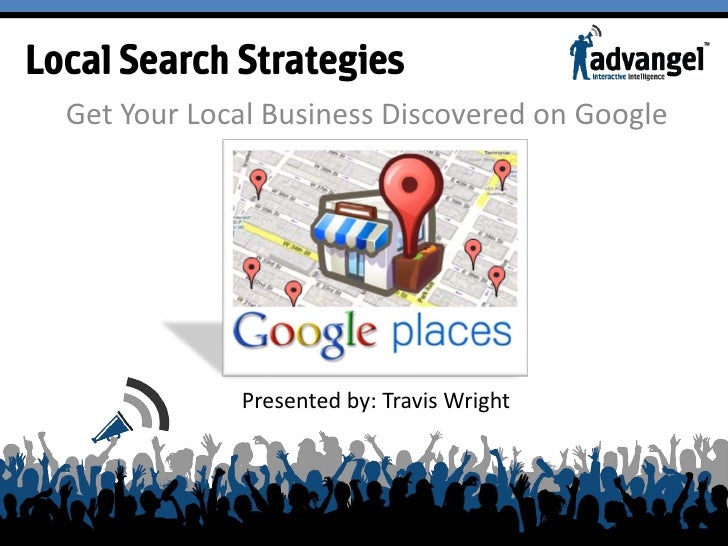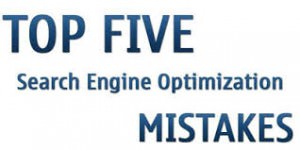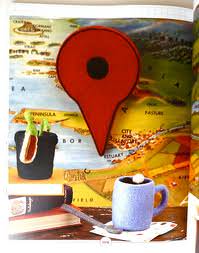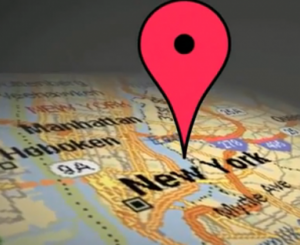Top 5 SEO Tips to Help You Rank Higher
Top Five Tips To Get Your Website To Rank Higher In Search Results
Do you need to draw more traffic to your website? You should look into developing a Google Places Optimization campaign. Go over this article to learn more about Google Places Optimization strategies.
Search engines index and rank websites for specific keywords by sending search engine spiders to analyze millions of web pages. Google Places Optimization is about attracting more search engine spiders to your website and making their job easier by properly optimizing and organizing your website. Search engines often make changes to the programs used to analyze websites, which means you will have to review your Google Places Optimization strategies to adapt to the changes made by search engines.
Choose five strong keyword phrases and some secondary keywords for your website. You can use Google AdWords to research keywords and compare search volumes for the keyword phrases you want to use. Place your strong keywords in your titles, your URLs and the anchor text of your links. You can also use your keywords to optimize your images with alt tags. Using keywords will help search engines determine what your web page is about but you should not go out of your way to include keywords within your articles.
Build some back-links to help search engine spiders and human visitors find your content. Focus on getting back-links on sites or blogs your target audience is likely to visit, and avoid sharing links that will look like spam, for instance by posting an out of context comment on blogs or message boards with a link to one of your pages. Get your best articles published, submit them to article directories and exchange links with other bloggers or webmasters. You can also use social media to create temporary back-links. Use a good visitor counter to figure out where your traffic comes from so you can work on getting more similar back-links.
Organize your website so your human visitors and search engine spiders can easily find all your pages. Each page should include site-wide links to your other important pages as well as some unique links to other similar pages. If you integrate several pages into this network of links, they will be indexed by search engines. You can help search engine spiders navigate your website by creating an XML sitemap, but do not expect your XML sitemap to be efficient if your website is not properly organized.
Avoid using languages and formats search engine spiders will not be able to read. If you want to use Flash or Java Script, avoid placing links within this content and describe these elements with strong keywords. You should also describe your pictures with alt tags and write transcriptions or descriptions for your videos. Choose a very simple design to make your pages easier to interpret and avoid using an image as a header or for your background.
These Five tips will help you optimize your website, but there is a lot more to learn about Google Places Optimization. You should start improving your website and do more research on this topic.









